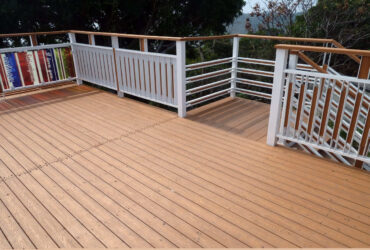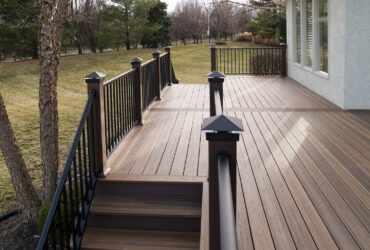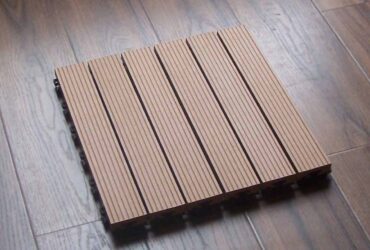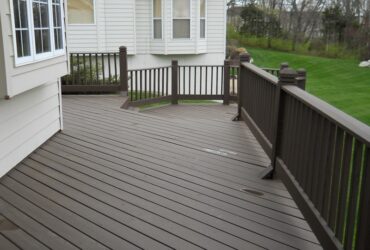General Properties Of Wood Plastic Composites
The performance of wood-plastic composite materials depends on the properties of the constituent materials themselves, the interaction between components, product design and use environment. In order to improve the performance of wood-plastic composites, scientists and manufacturers have been working hard to improve and update production technologies and manufacturing processes. For example, in terms of technology, microporous foaming technology makes the material tougher, has a longer service life, and has better thermal stability;In terms of design form, a new co-extrusion process is used to create a protective film on the surface of the product, which can improve moisture resistance and antibacterial properties. In addition, the properties of wood-plastic composites can be enhanced by adding reagents.
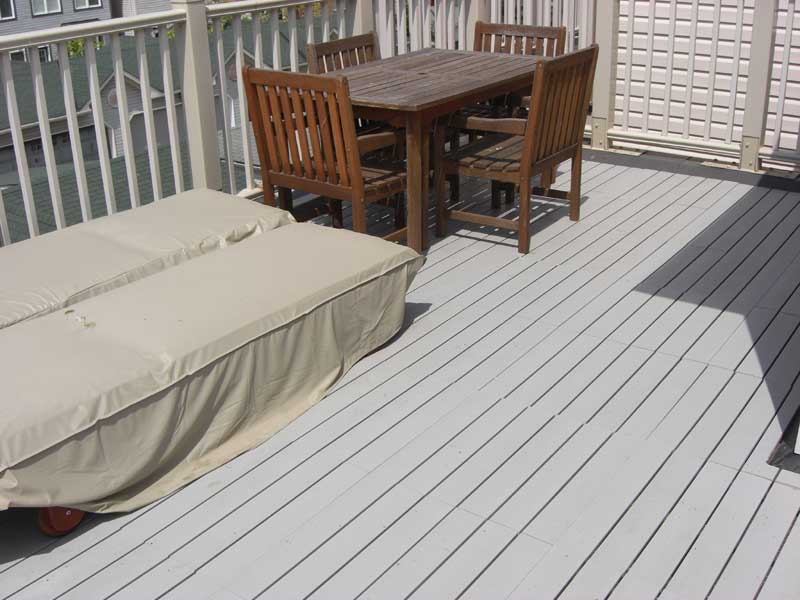
General physical and mechanical properties
Compared with wood (solid wood), wood-plastic composite materials are basically less rigid than wood. Because the commonly used thermoplastics in the production of wood-plastic composite products are PE, PP, PS, and PVC, different plastic bases will also have certain differences in the material properties. Therefore, the rigidity of wood-plastic composites depends on the type of plastic matrix used.
Aging resistance
The aging processes of materials mainly include climate aging, thermal aging, and biodegradation.
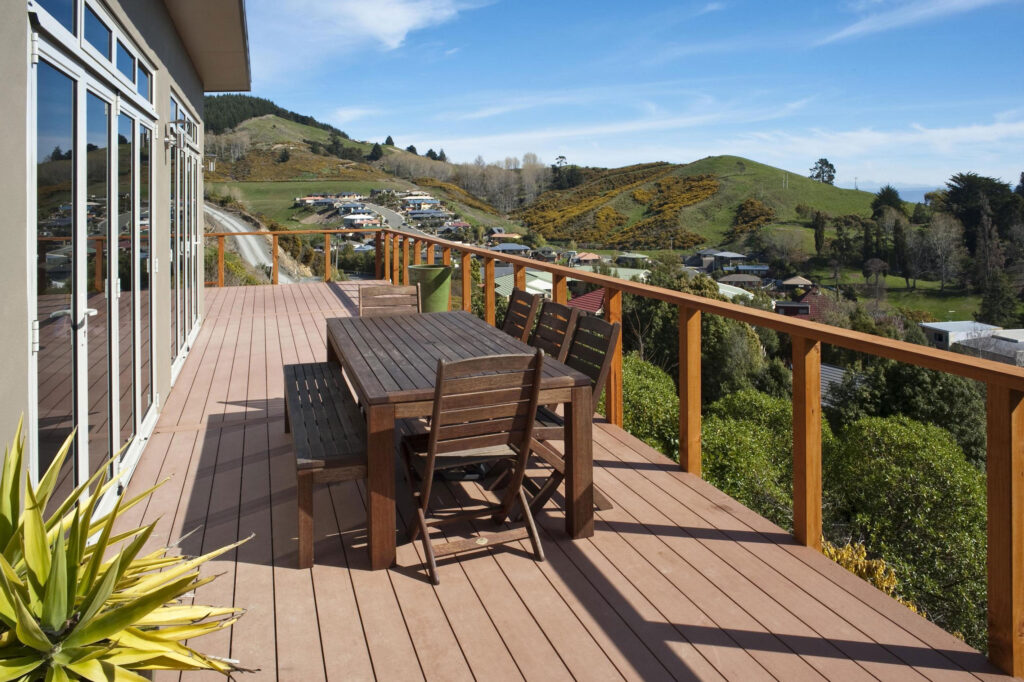
Climate aging: Climate factors mainly include temperature, water, air pollution, etc. Because wood-plastic composite materials use a new co-extrusion process, moisture and temperature changes in the air are difficult to damage wood-plastic composite materials. The reason is that a protective film is made on the surface of the product. The protective film can improve moisture resistance and antibacterial properties, making wood-plastic composite materials have better aging resistance.
Thermal aging: In garden landscape design, various materials are exposed to sunlight all year round, and ultraviolet rays have a great impact on the service life of various materials. The surface of any material exposed to ultraviolet light will undergo changes, namely photodegradation, resulting in surface discoloration and aging. Because wood-plastic composite materials take into account the accelerated aging rate of materials due to photodegradation during the production process, ultraviolet absorbers (colorants) are added to effectively fix the color. Through experimental test analysis, it was found that the light reflection intensity of the wood-plastic composite material specimen after adding the reagent was aged for 1500 h without any change, thus achieving anti-aging properties.
In terms of biodegradation: Traditional garden landscape wood materials solve biodegradation problems through compression or impregnation. However, as time goes by, the failure rate of preservatives gradually decreases, and even causes pollution to the surrounding environment, and eventually degrades. . Therefore, wood-plastic composites are considered an ideal alternative product. The plastic and wood components in wood-plastic composites are mixed in certain proportions. Because wood-plastic composites are a continuous plastic phase, the wood particles can be well enclosed and free of moisture or fungi. The water repellency of the plastic matrix and its inherently high corrosion resistance provide adequate resistance to biodegradation. With the advancement of technology, there are better ways to prevent biodegradation of wood-plastic composite materials. Preservative chemicals are added during the production process.
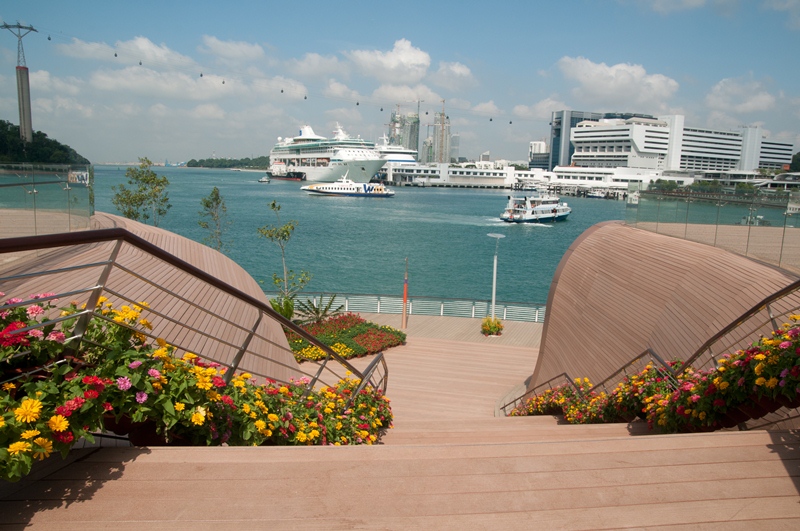
Other properties
As the application fields of wood-plastic composite materials continue to expand, people increasingly need to fully understand its multi-faceted properties, such as creep, rheology, fire resistance, etc., in order to improve the manufacturing process and meet the requirements of different use occasions.

